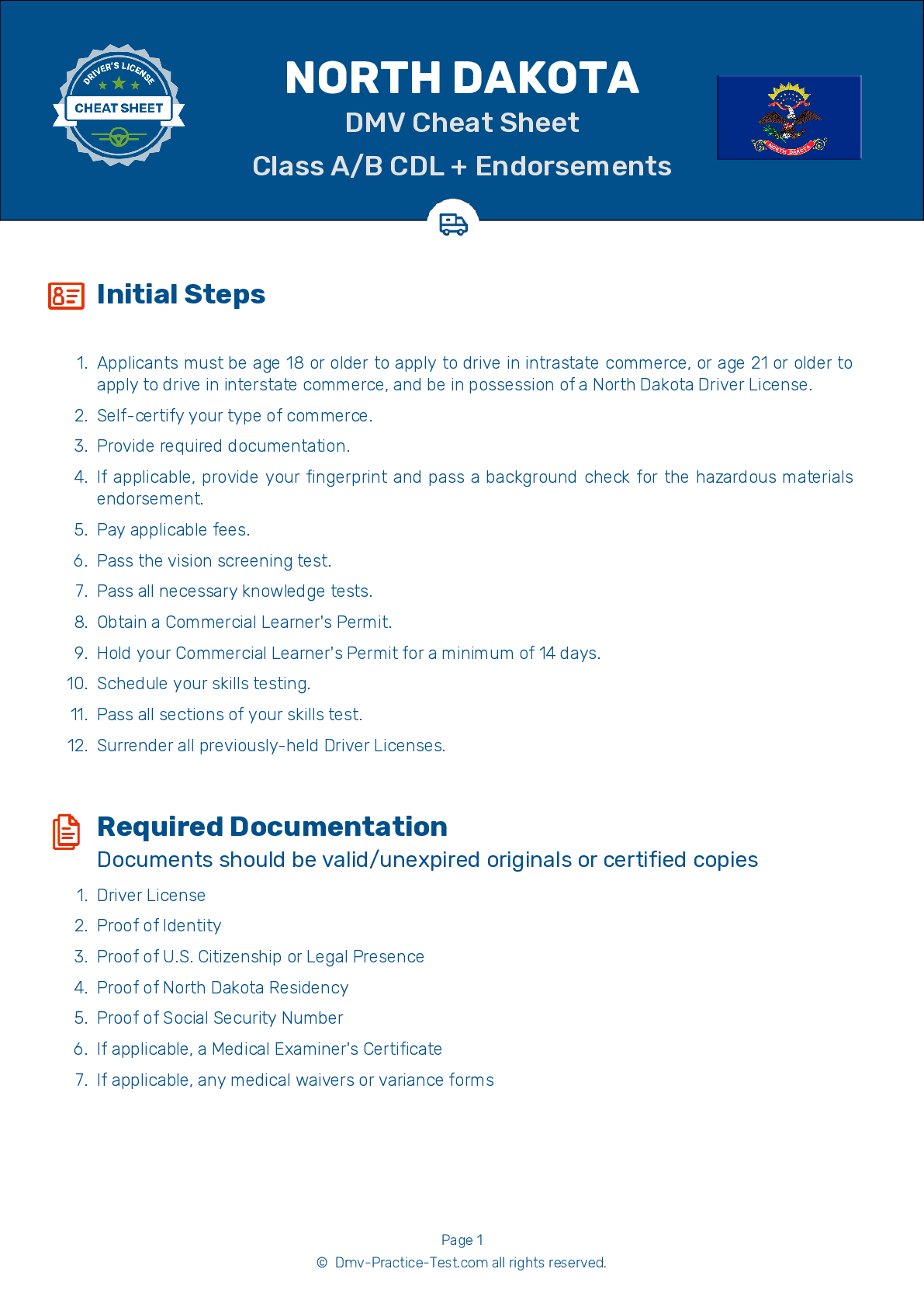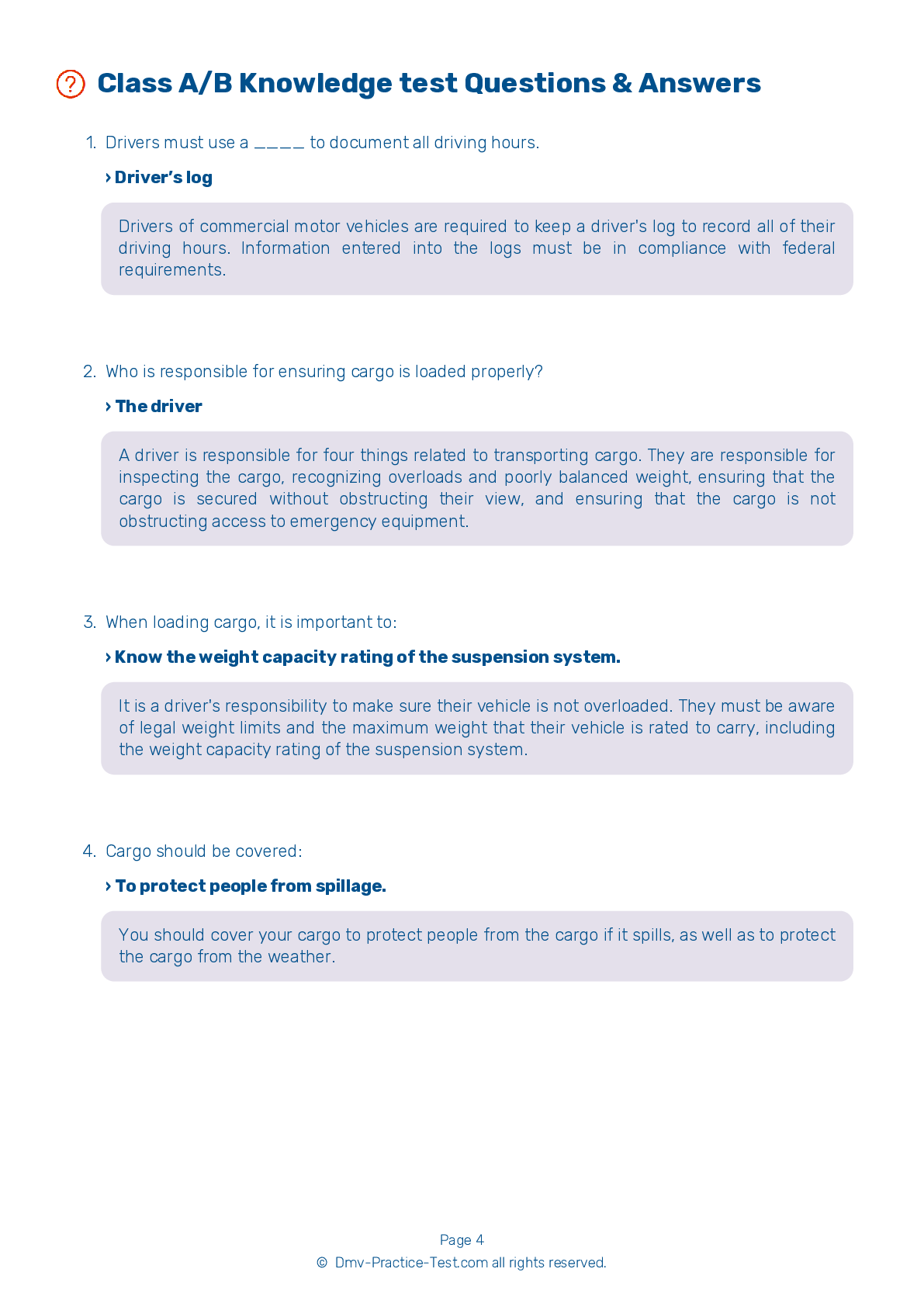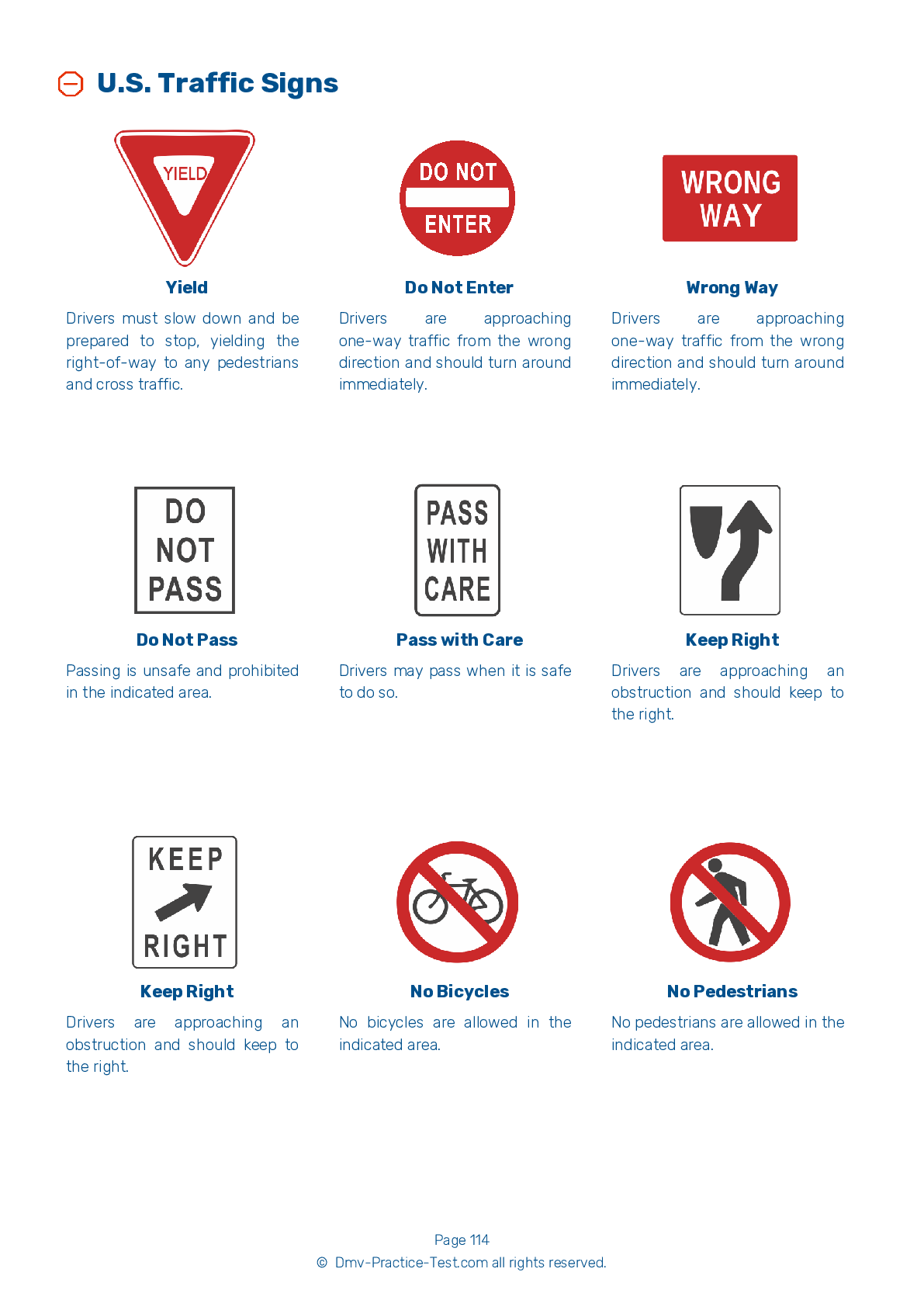Combination Vehicles Practice Test | North Dakota 2025 #1 Page 2 of 3
Train for FREE online with our North Dakota CDL combination vehicle test. The official exam test consists of several obligatory parts, with all of them checking your knowledge of different blocks of road rules. If you need to obtain a ND combination license in 2025, practice as much as possible. Free sample tests published on our website will help you check and improve your knowledge and boost your grades. Please bear in mind that DMV requirements for issuing a combination license may vary from state to state.
8 . When uncoupling a trailer, landing gear should be:
Landing gear, or trailer supports, should always be completely raised before a vehicle is driven. When uncoupling, landing gear should be lowered to make firm contact with the ground. If a trailer is loaded when it is being uncoupled, you should lower the landing gear and turn the crank a few additional times to remove some weight from the trailer.
9 . If unsure if a trailer is equipped with ABS, you can:
Trailers and converter dollies built on or after March 1, 1998 are required to have Anti-Lock Braking Systems (ABS). This will be indicated by the presence of a yellow malfunction lamp. You can determine if older trailers have ABS by checking under the trailers for ECU and wheel speed sensor wires coming from the back of the brakes.
10 . Rollovers happen when:
Rollovers happen as a result of drivers taking turns too fast.
11 . Look for matching colors when coupling glad hands. Service lines are often:
When coupling glad hands, make sure to couple together matching glad hands. To help drivers avoid mistakes, color coding is sometimes used. Service lines are often coded with the color blue and emergency lines are often coded with the color red.
12 . When driving a trailer with ABS, you should:
When driving a tractor-trailer combination equipped with an Anti-Lock Braking System (ABS), you should brake in the same manner that you would if operating a vehicle without ABS.
13 . Push in the trailer air supply control to:
Push in the trailer air supply control to supply the trailer with air. Pull out the trailer air supply control to turn off the air supply and activate the emergency brakes.
14 . Rollovers happen when drivers:
A rollover happens as a result of a driver taking a turn at too high a speed. Be sure to take turns and curves safely and slowly.
See the exact questions that will be on the 2025 North Dakota DMV exam.
99.2% of people who use the cheat sheet pass the FIRST TIME
Lillian MCcranie explains how our CDL study guide was helpful in passing the exam and recommends it to everyone.
Cameron tells us how he purchased the CDL exam, and found it to be a useful tool which helped him pass the exam and find a job.



